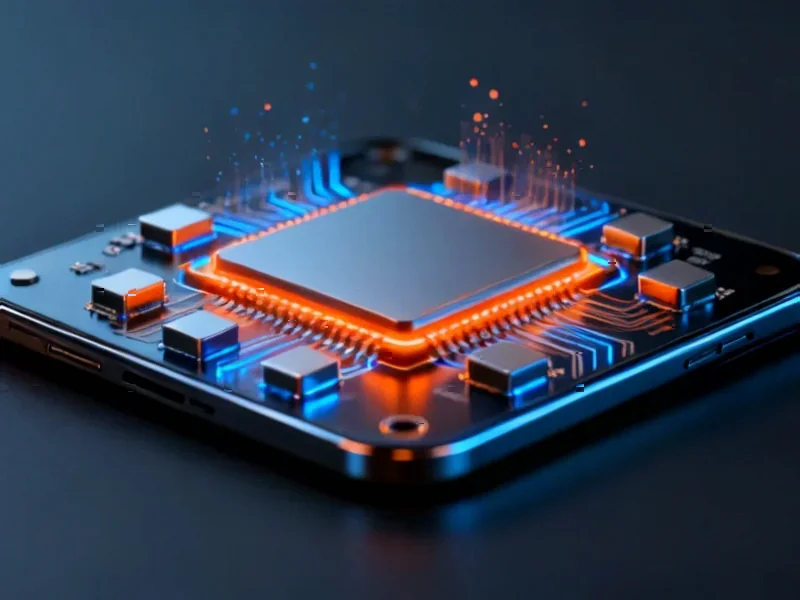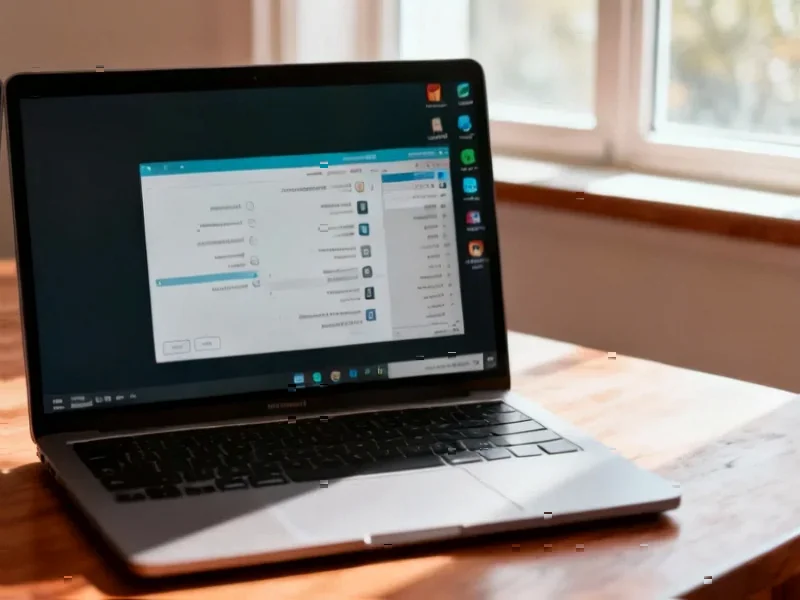According to Digital Trends, the OnePlus 15 will launch globally on November 13 with three major gaming enhancements: OP Gaming Core featuring over 20,000 lines of original Android code and 254 gaming-optimization patents, OP Performance Tri-Chip combining dedicated touch response and Wi-Fi chips with the Snapdragon 8 Elite Gen 5, and OP FPS Max enabling 165fps gameplay across multiple titles. The company claims these technologies deliver “unmatched smoothness, responsiveness, and immersion” through intelligent resource allocation, reduced power consumption, and stable 120fps performance even during extended sessions. This represents a significant hardware-focused approach to mobile gaming optimization that could reshape expectations for flagship gaming phones.
The Shift to Chip-Level Gaming Optimization
What makes OnePlus’s approach particularly interesting is the move toward chip-level optimization rather than relying solely on software tweaks. The OP Gaming Core represents a fundamental architectural shift where gaming performance is engineered at the silicon level rather than being layered on top through software updates or game-specific optimizations. This approach mirrors what we’ve seen in dedicated gaming consoles, where hardware and software are co-designed for specific use cases. The claimed 20,000 lines of original Android code suggests deep integration with the operating system’s core scheduling and resource management systems, potentially bypassing some of Android’s generic performance limitations for gaming scenarios.
The Thermal Management Challenge
One of the most significant technical hurdles in sustained mobile gaming has always been thermal throttling. High-performance chipsets like the Snapdragon 8 Elite Gen 5 generate substantial heat during extended gaming sessions, forcing devices to reduce performance to prevent overheating. OnePlus’s claim of enhanced thermal performance through their gaming optimizations suggests they’ve developed sophisticated thermal management that works in concert with their resource allocation system. This likely involves dynamic power distribution across CPU and GPU cores, potentially leveraging AI to predict thermal buildup and preemptively adjust performance before throttling becomes necessary.
Beyond Raw Performance: The Connectivity Factor
The inclusion of a dedicated Wi-Fi Chip G2 specifically for gaming scenarios addresses one of mobile gaming’s most frustrating issues: network stability. Traditional smartphones use shared connectivity resources that can be interrupted by background processes, notifications, or other network activity. A gaming-dedicated Wi-Fi chip could maintain priority network access, reduce packet loss, and minimize latency spikes that are particularly damaging in competitive multiplayer titles. This approach is similar to what we’ve seen in gaming routers with dedicated gaming ports or QoS features, but implemented at the device level for more consistent performance across different network environments.
Broader Industry Implications
OnePlus’s gaming-focused hardware strategy represents a maturation of the mobile gaming market where manufacturers are no longer satisfied with simply offering the latest chipset. We’re seeing a trend toward specialized hardware for specific use cases, similar to how camera systems have evolved from basic sensors to complex multi-lens arrays with dedicated image signal processors. If OnePlus’s approach proves successful, we can expect other manufacturers to follow with their own gaming-optimized hardware solutions, potentially leading to a new category of gaming-first smartphones that prioritize sustained performance over general-purpose computing.
The Developer Adoption Challenge
The success of these gaming enhancements ultimately depends on developer adoption and optimization. While 165fps support sounds impressive, its real-world value hinges on game developers optimizing their titles to take advantage of these capabilities. We’ve seen similar challenges with variable refresh rate displays and ray tracing support, where hardware capabilities often outpace software implementation. OnePlus will need to work closely with major game studios and provide robust SDKs to ensure their gaming technologies are properly utilized rather than remaining niche features.




